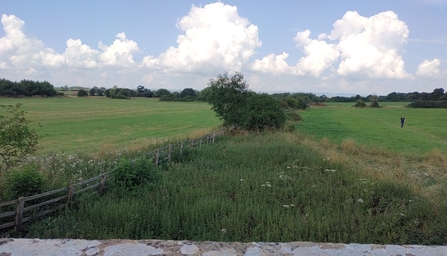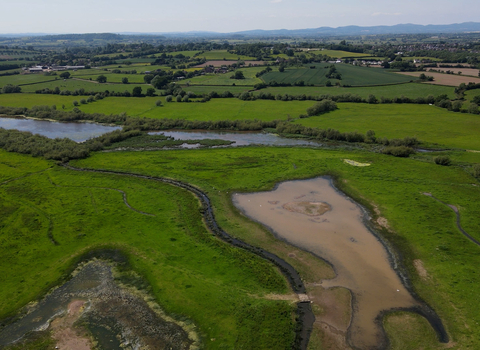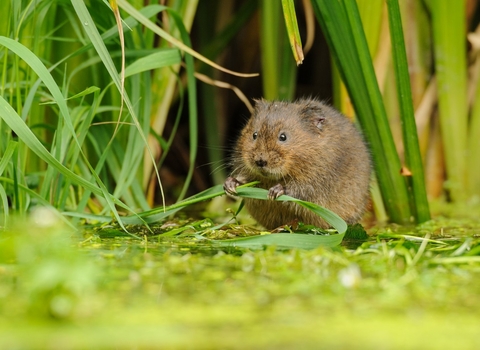Since growing up in a small village in the Norfolk Broads surrounded by water, I’ve always felt very close to the freshwater environment and its wildlife. In my youth I spent much of my time close to the local rivers, dykes, ponds or lakes, usually fishing or boating.
Joining Gloucestershire Wildlife Trust (GWT) in August last year, I began working on an exciting project that aims to be the first canal restoration in the UK to achieve Biodiversity Net Gain in the process. The Cotswold Canals Connected (CCC) project will not only make the currently derelict canal navigable again for barges and paddleboards alike, but also create blue-green corridors that support ecosystem recovery in the face of climate change, strengthen the Nature Recovery Network, and improve habitats between Saul Junction and Stonehouse.
As well as the new waterway habitat that digging “the Missing Mile” provides, the project has also acquired around 20 hectares of land - a fantastic opportunity to create a brand-new wildlife haven. Within this purchased land there is a traditional orchard, a sloping south-facing grassland and approximately 14 hectares of grazed flood meadows.
This is a huge task, and it wouldn’t be possible without the involvement of local landowners, residents and our project partners Stroud District Council, Cotswold Canals Trust and Stroud Valleys Project to name just a few. So let’s dive into what the Missing Mile is, the different aspects of the project, how it’s going so far and more.






